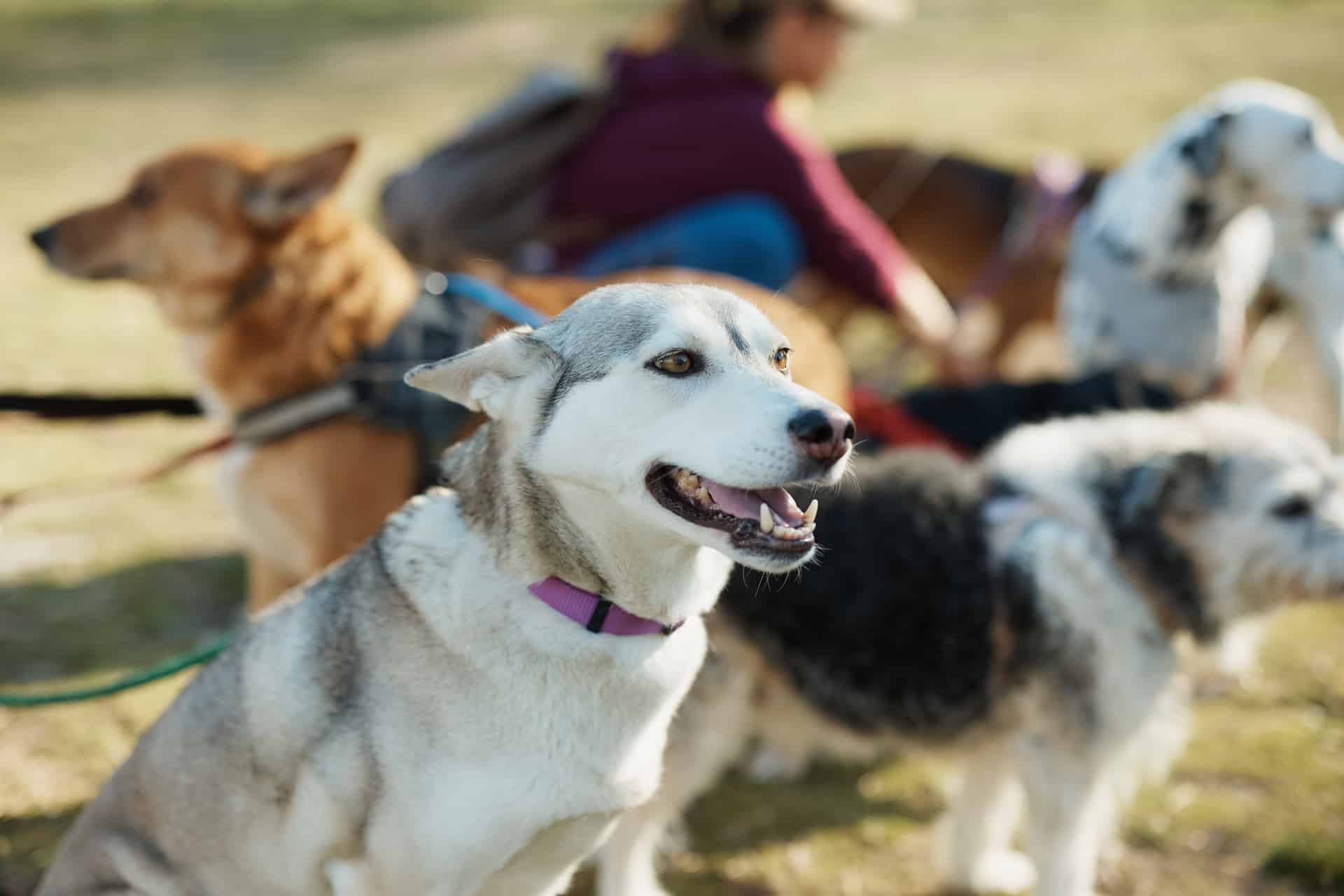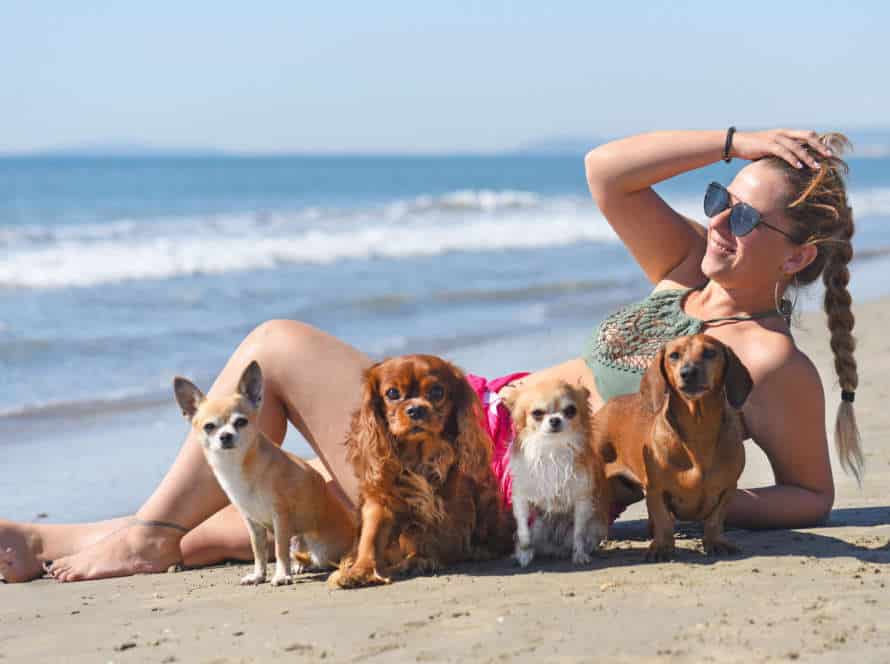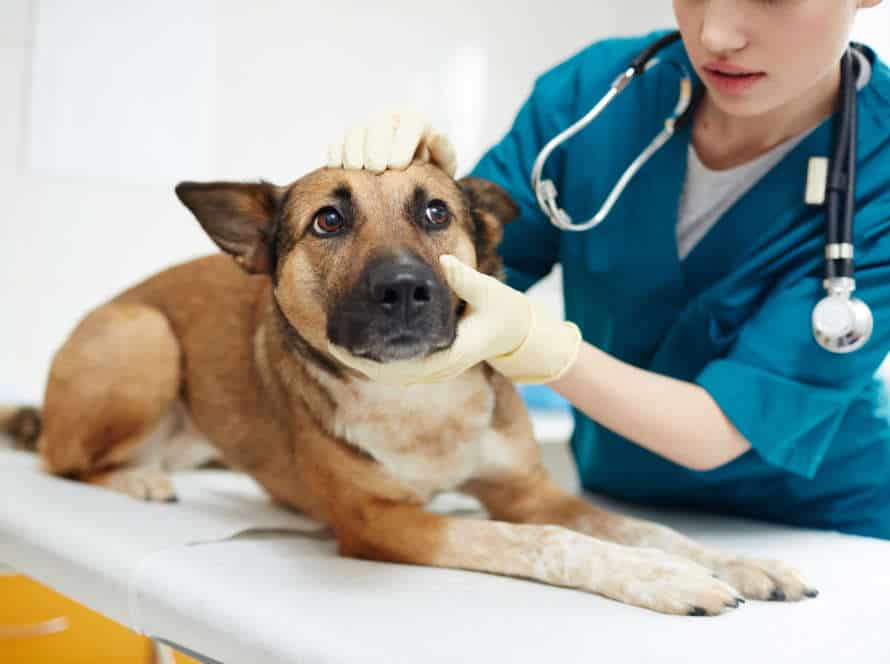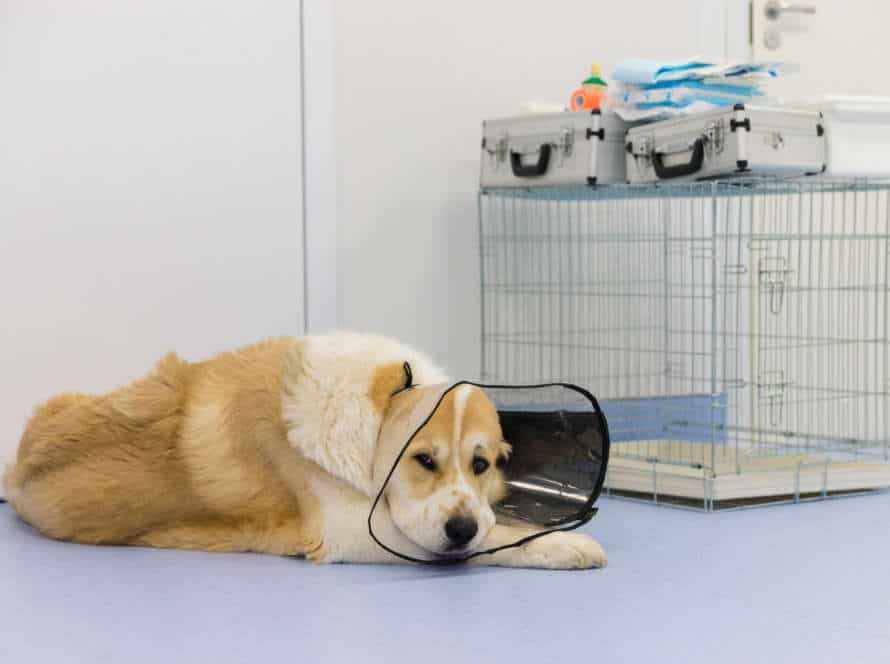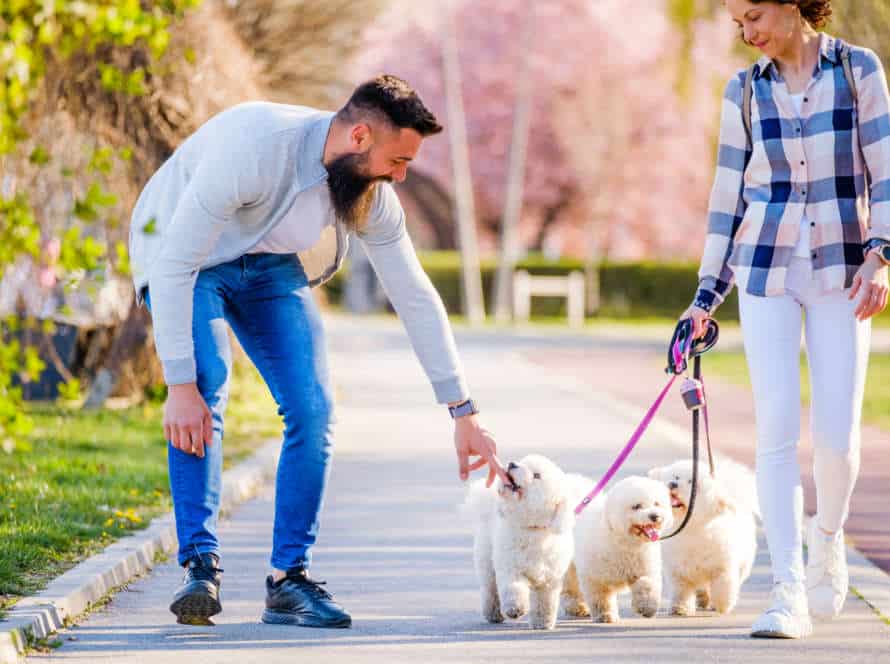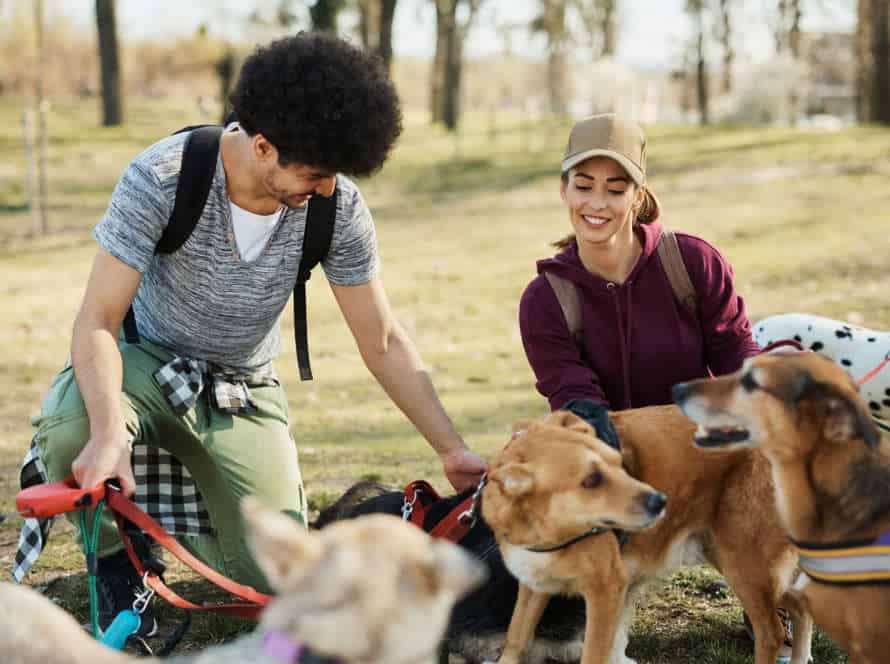How Your Dog’s Size Affects Training Techniques
Training techniques for dogs vary, depending on size. Small and big dogs have different physical and behavioral traits.
For small dogs, treats and positive reinforcement work best. They are sensitive and easily intimidated, so training sessions should be short and frequent.
For big dogs, firm handling and clear boundaries is key. Physical punishment should be avoided. Assertive commands and consistent rewards are recommended. Training sessions should be focused and intense, to match their energetic temperament.
Overall, understanding how your dog’s size affects behavior helps adjust training techniques. This helps effectively communicate, and achieve desired outcomes.
The Importance of Tailoring Training to Your Dog’s Size
Training your pooch is a special and gratifying experience. However, it’s essential to bear in mind that the size of your dog should affect your training methods. Smaller and bigger dogs may react differently to different approaches. Being mindful of your pup’s size means you can customize your approach. This article will discuss the significance of adapting training methods to your dog’s size.
Understanding the Needs of Small Dogs
Small dogs have different requirements than larger breeds, and to train them effectively, you need to understand these needs. Here are tips for training small dogs:
- Short sessions: They have shorter attention spans, so short sessions work best.
- Socializing: Being smaller, they can fear other dogs or strangers. Help them get used to other dogs, people, and environments.
- Exercise: Daily walks and play help them keep fit and release energy.
- Positive reinforcement: Rewards and encouragement during training motivate them more.
By understanding your small breed dog’s needs, you can train them better and give them a happy, healthy life.
Understanding the Needs of Medium-Sized Dogs
Medium-sized dogs weigh between 30-60 pounds. To make their training experience better, here are some tips:
- Think about your dog’s energy level. If they’re high-energy, give them exercise before training so they can focus.
- Get the right equipment. This includes a leash, collar, harness, crate, and toys.
- Change your training techniques. Medium-sized dogs have strength and agility, so jumping on them during playtime or training is bad and should be avoided.
By understanding and meeting your dog’s needs, you’ll have a successful and fun training session.
Understanding the Needs of Large Dogs
Owning a giant breed dog is a BIG responsibility. You need to understand their unique needs and the impact their size has on training techniques. Here are some important points to consider:
- Physical exercise is essential. Take them for high-intensity activities like jogging, brisk walking, and hiking.
- Food and diet are key. Balance their meals with their specific nutritional needs.
- Training requires a specific approach. Positive reinforcement with treats, verbal praise, and toys helps.
- Puppies need socialization. Expose them to new people, animals, and environments in a controlled way.
- Training is important. Bad behavior can be dangerous, and it can put people, pets, and even your dog in danger.
Pro Tip: Being mindful of their needs will help them live happily and make their training successful.
Common Training Techniques for Small Dogs
Training small doggos demands special thought. Smaller forms have their own physical abilities and concentration span. So, conventional pooch training approaches might not be totally victorious. Fortunately, there are tested approaches that work nicely for teaching your small pup. Let’s investigate some of these popular tactics.
Crate Training for Small Dogs
Crate training is a successful way to housebreak and potty train small dogs. But, you can use other methods too. Here are popular techniques for tiny pooches:
- Positive Reinforcement: Give treats or toys to reward your doggo when they obey commands.
- Short Training Sessions: Short lessons are best for tiny pups because they get bored or frustrated quickly.
- Small Space: Using a crate or playpen is great because little dogs feel better in small areas. Make sure they have enough room to move and play.
- Consistency: Make a regular schedule and stick to it to help your pup learn faster.
Tip: Make sure your small dog has fun while they’re training!
Potty Training for Small Dogs
Potty training small dogs needs different strategies than those used for larger breeds. They have smaller bladders and shorter attention spans, making it harder to teach them. Here are a few tips:
- Crate training: Put your dog in a crate when you’re not around. Dogs don’t like soiling where they sleep, so this can help them wait until you take them out.
- Paper training: Put newspaper or pads in a special spot for your pet. Move them closer to the door until your dog learns to signal when they need to go out.
- Frequent trips outside: Small dogs need to go out more often than bigger ones. Take them out regularly to avoid accidents.
- Positive reinforcement: Reward your pup for going potty in the right spot. Use treats, praise, and playtime.
Remember: Consistency is key. Be patient and consistent. Accidents will occur.
Socialization Training for Small Dogs
Small dogs need socialization training, same as any other breed. But the techniques used depend on their size. Here are some common training methods for small dogs:
- Crate Training: Boundaries and a safe space to rest can be taught with crate training.
- Clicker Training: Clicker training helps dogs connect specific behaviors to rewards.
- Positive Reinforcement: Treats, praise and toys encourage good behavior.
- Consistency: Use same techniques every time to train small dogs.
- Size Matters: Adjust training for your small dog. For example, if they can’t jump onto a high couch, use stairs or a ramp.
Common Training Techniques for Medium-Sized Dogs
Medium-sized dogs can be tricky to train! They need a different approach than smaller dogs and may be harder to manage than larger breeds. But with the right techniques, training a medium-sized pup can be really enjoyable. Here’s what to do:
- Understand their size.
- Use positive reinforcement.
- Set realistic expectations.
- Encourage consistency.
- Be patient and understanding.
Leash Training for Medium-Sized Dogs
Training your pup to walk on the leash can be tricky. But it’s vital for their safety and good behavior in public. These methods are perfect for medium-sized dogs:
- Introduce the leash in your home or yard. Make sure it’s a positive experience.
- Move to a low distraction area. Practice walking on the leash, starting easy and getting harder.
- Use treats and praise to encourage your pup. Reward good behavior.
- Choose a collar and leash that fit your pup right. Avoid discomfort or injury.
- Stay consistent. With patience, persistence, and love, your pup will become a pro!
Pro tip: If you need help, find a professional dog trainer.
Basic Commands Training for Medium-Sized Dogs
Training medium-sized dogs is a fun and rewarding experience. The size of your pup impacts the training techniques used to teach basic commands. Here are some tips:
- Positive reinforcement – Reward good behavior with treats or praise. Medium-sized dogs love to please their owners.
- Consistency – Use the same commands and methods each time. This helps them learn faster.
- Exercise – Give your pup enough exercise to release energy.
- Obedience Training – Enrolling in classes can help teach basic commands.
- Socialization – Socialize at a young age for comfort around people and animals.
- Pro tip – Be patient, consistent, and positive. Your furry friend needs your support.
Behavioral Training for Medium-Sized Dogs
Medium-sized dogs need specific training techniques to suit their size and energy. Knowing how size affects training can make it more successful.
Positive reinforcement is a great way to train medium-sized dogs. Rewards of treats, toys or praise are best!
Crate training can help create a safe and comfortable environment. Choose the right size crate for your pup’s size and energy levels.
Leash training can be tough. Use positive reinforcement and slowly increase the distance and time during walks.
Consistency is key in dog training. Set clear expectations and communicate with your pup, using positive reinforcement and repetition.
Common Training Techniques for Large Dogs
Training a large pup? Size matters! Techniques that work on small breeds, may not work on larger ones. Not to worry! There are certain common training methods you can use. Let’s delve deeper and see how size affects your training plan.
Advanced Commands Training for Large Dogs
Training large dogs has special needs. Here are some tips:
- Positive reinforcement – Give treats or praise to encourage good behavior.
- Focus training – Teach your dog to focus on you, especially in tough situations.
- Leash training – Get a secure, fitting leash and collar. Teach your pup to calmly walk with you.
- Consistency – Use consistent commands and rewards to create good habits.
For advanced training, pro trainers can help with off-leash training, obstacle courses, and more.
Pro tip: Safety first! Don’t use physical punishment or negative reinforcement.
Obedience Training for Large Dogs
Training large dogs needs different techniques and tools. Here’s some popular ones:
- Positive reinforcement with treats, praise, and toys.
- Leash training to stay by your side and obey commands.
- Clicker training to use a clicker to show you’re happy with their behaviour.
- Socialization to get them used to people, settings, and situations.
- Patience and consistency is key in the training process – no aggression or punishment.
Pro tip: If you’re having trouble, get help from a professional dog trainer.
Agility Training for Large Dogs
Training big dogs can be hard. But, with the correct methods and patience, it can be accomplished. Agility training is a great way to boost your dog’s strength, coordination, and responsiveness.
Here are some of the widely used agility training techniques for large dogs:
- Jumping – Train your canine to jump over things like hurdles and bars. Gradually, raise the height and length of the jumps.
- Weaving – Teach your dog to go in and out of poles placed near each other. This will enhance their side agility.
- Tunnel running – Show your pooch tunnels and teach them to rush through quickly.
- A-frame climbing – Aid your pup to climb up and down slanted surfaces like an A-frame. This will better their balance and confidence.
When training large dogs, remember their size and strength. Utilize positive reinforcement techniques to reward and motivate good behavior. Start with basic exercises and gradually increase the difficulty as your dog progresses.
Frequently Asked Questions
1. Does the size of my dog really affect the training techniques that I should use?
Yes, the size of your dog can play a big role in which training techniques will be most effective. Small dogs may require different training methods than large dogs due to their size and energy levels.
2. What are some training techniques that work best for small dogs?
For small dogs, positive reinforcement techniques such as clicker training or a reward-based system can be most effective. Consistency and using a gentle approach are also important.
3. Are there any special considerations I should make when training a large dog?
With large dogs, it’s important to establish yourself as the pack leader early on. Training methods that are firm but gentle, such as positive reinforcement combined with leash training, can be most effective with larger breeds.
4. Is it harder to train a bigger dog compared to a smaller dog?
While training larger dogs can be more physically demanding, it is not necessarily harder overall. The key to successful training is consistency, patience, and finding the right techniques for your dog’s size and temperament.
5. Do different sizes of dogs have different training needs?
Yes, different sizes of dogs have different training needs, as their physical and behavioral characteristics can vary greatly. The training techniques and methods that work for a small dog may not be effective for a larger breed.
6. What size of dog is easiest to train?
There is no one size of dog that is easiest to train, as every dog is unique. However, smaller dogs may be easier to train due to their lighter weight and lower energy levels.

